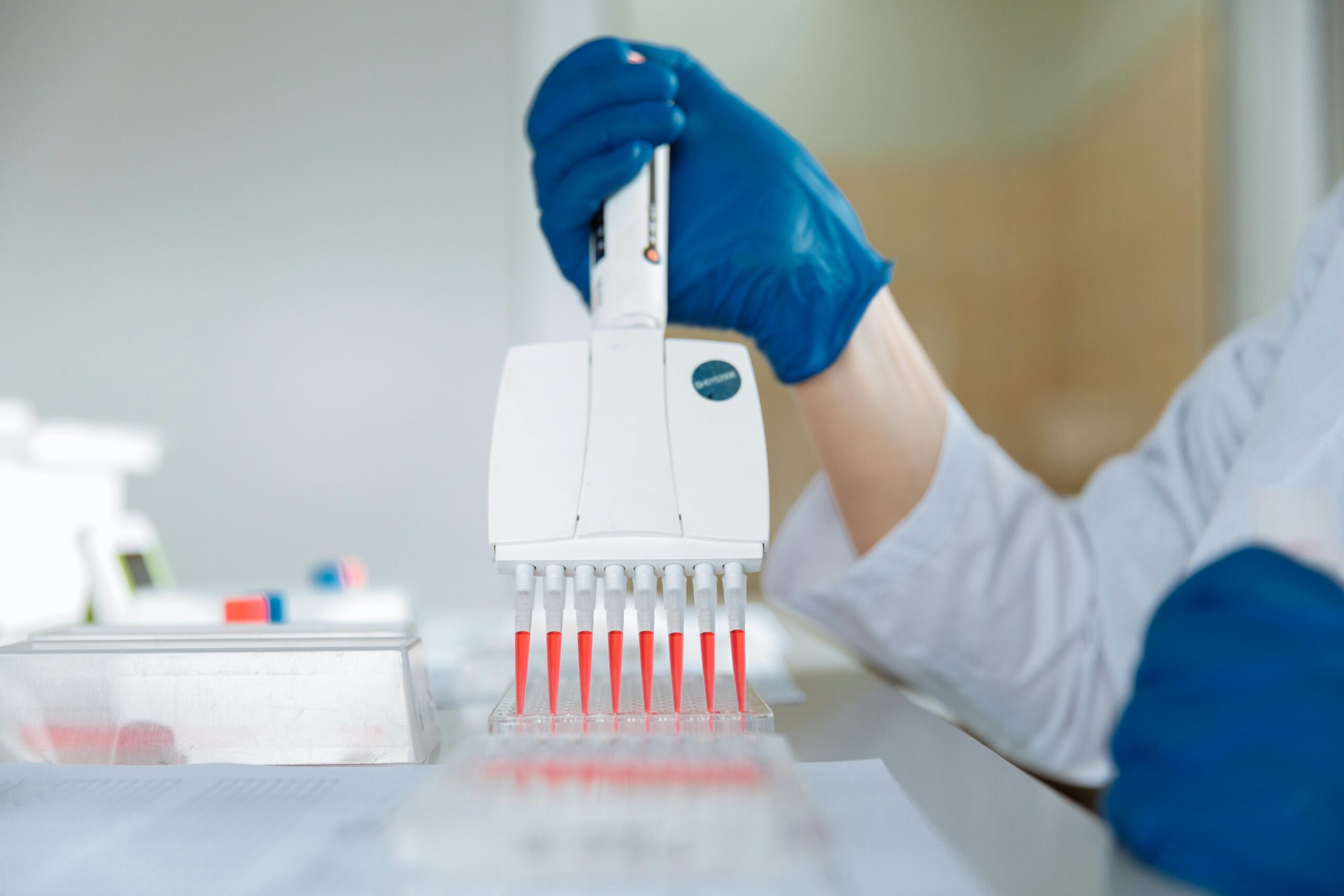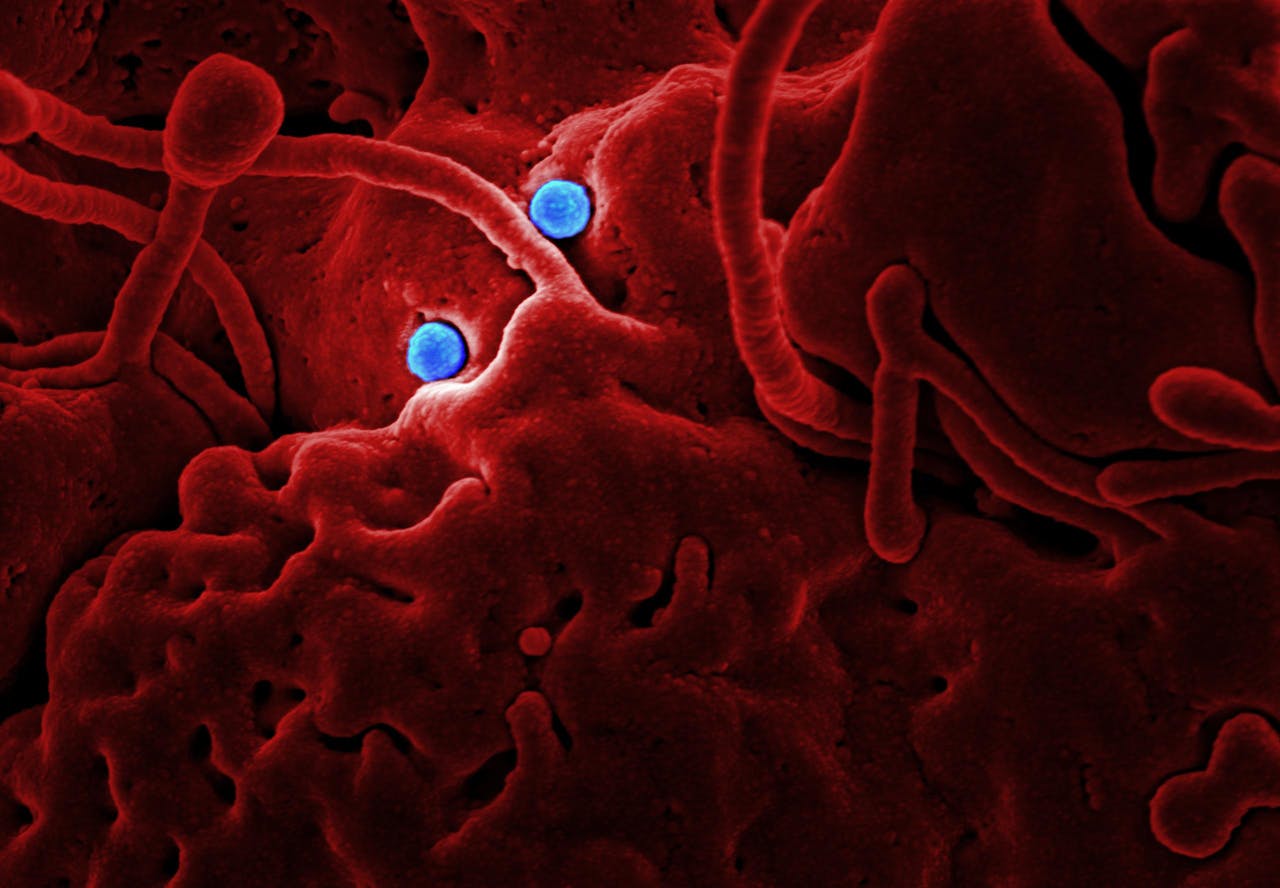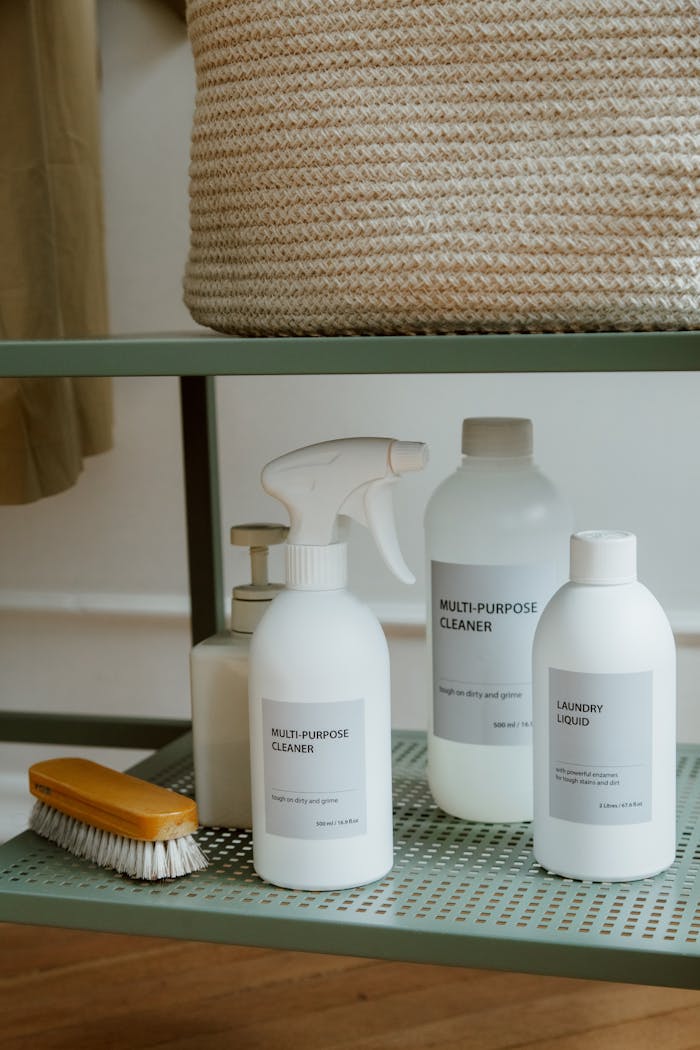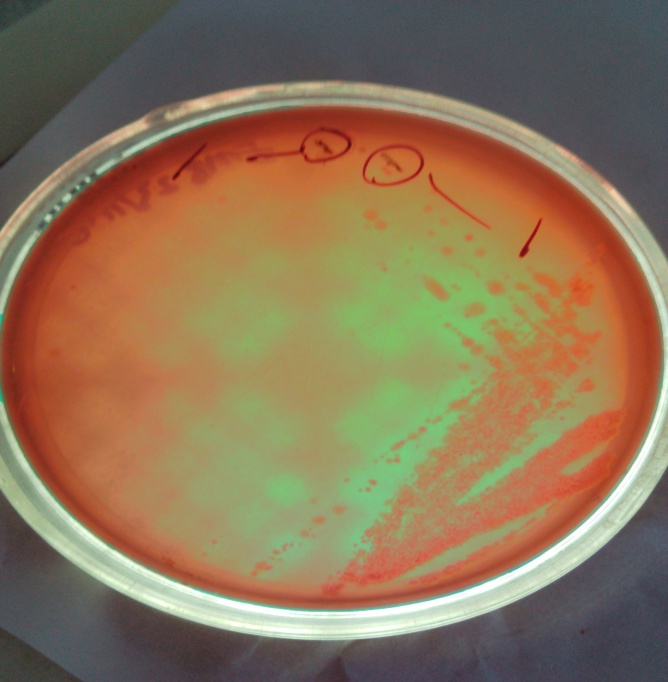Pharmaceutical industry Exotoxins are not tested, but the exotoxins also
highly antigenic (the substance it can stimulates the body to produce immonological reactions to that substance) proteins. They are produced at a low, constant rate from inside bacteria or are released as a result of lysis of the bacterial cell. Exotoxins can generate powerful antibody responses and also interact with receptors or other biological mechanisms to produce identifiable syndromes. The various forms of Clostridia are prime examples of bacteria that produce exotoxins.
Clostidium botulinum bacteria can produce a botulinum toxin in the presence of low oxygen; these are extremely toxic, one of the most dengorus toxins on earth. One gram of botulinum toxin can kill one million people,when evenly distributed.Botulinum toxins stop nerve functions and can cause paralysis Foods were prepared at home. Canned foods, preserved foods, or fermented foods are frequently associated with botulism and therefore need special care.

Endotoxins
These are substances that produce gram-negative bacteria and are attached to the bacterial cell wall, which is liberated when the bacterium lyses or breaks down.Endotoxins are lipopolysaccarides, and the bacteria release them to the outside of the cell wall during bactria cell lysis.These endotoxins react with antibodies and induce immune responses; moreover, they rarely cause death but usually cause fever.Why are not exotoxins tested in pharmaceuticals?
Can Pseudomonas paraaeruginosa be used in pharmaceuticals?
Heat sensitive:
Most of the exotoxins are heat-liable, so that does not tolerate the heat. Pharmaceutical water such as WFI and pure steam use over 80°C, and purification sanitization also uses more than 80°C. Therefore, in pharmaceuticals, the main source is water. This is one of the reasons why exotoxins are not needed to be tested.
Purification Processes:
Generally, a few steps are involved in water purification that remove microbial impurities, including exotoxins. For instance, biopharmaceuticals typically must undergo purification steps that remove proteins, DNA, and all other impurities, specifically any exotoxins.
Regulatory Focus:
Regulatory guidelines, FDA or Ph.EUR, specified about endotoxins because it would have a direct relation to the product’s safety. There is usually no consideration of exotoxins as a risk with most pharmaceutical products, which have to be sterilized without a bit of microbial contamination.To detect the enotoxins, we used the BET test, sometimes referred to as the Limulus Amebocyte Lysate (LAL) Test.




